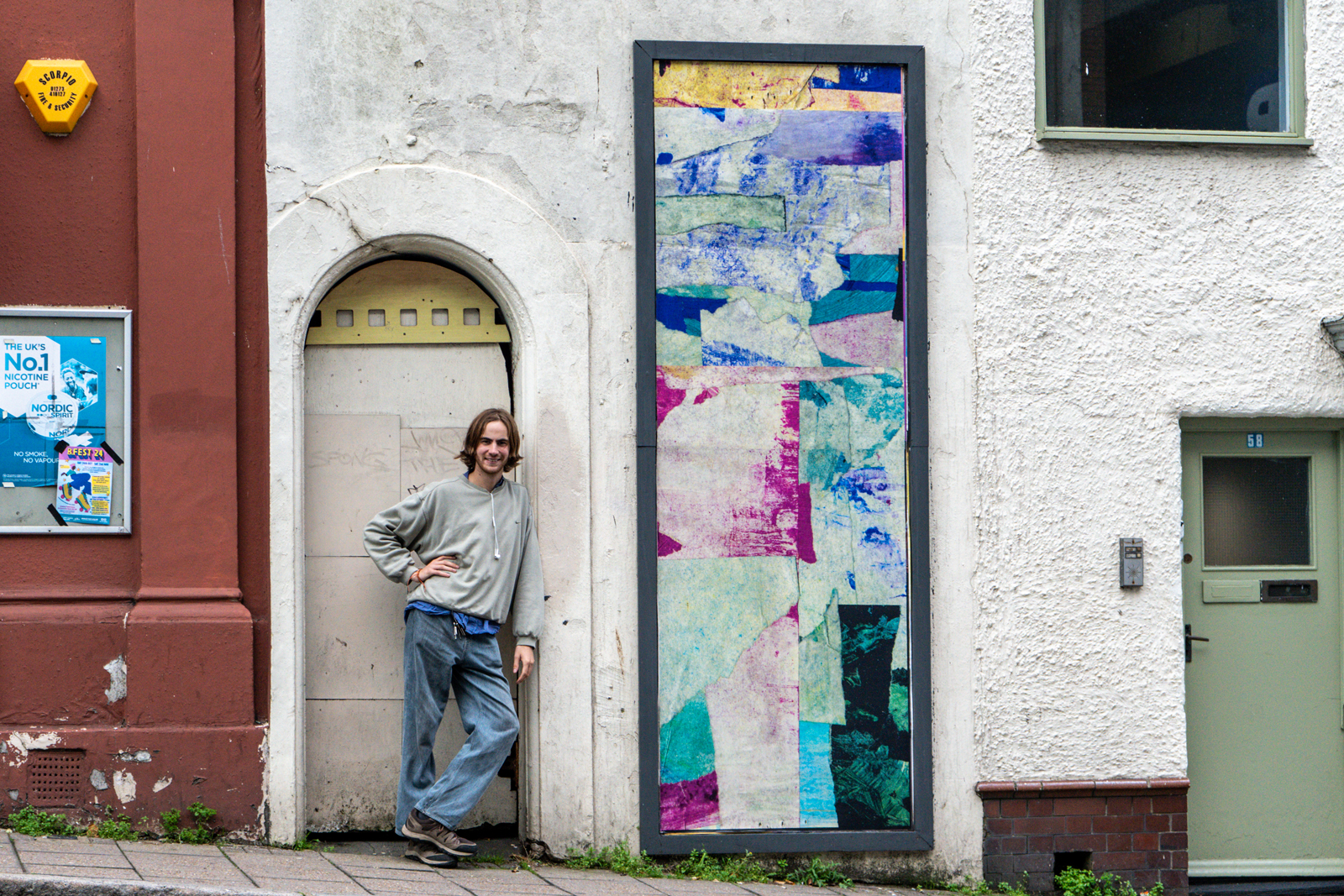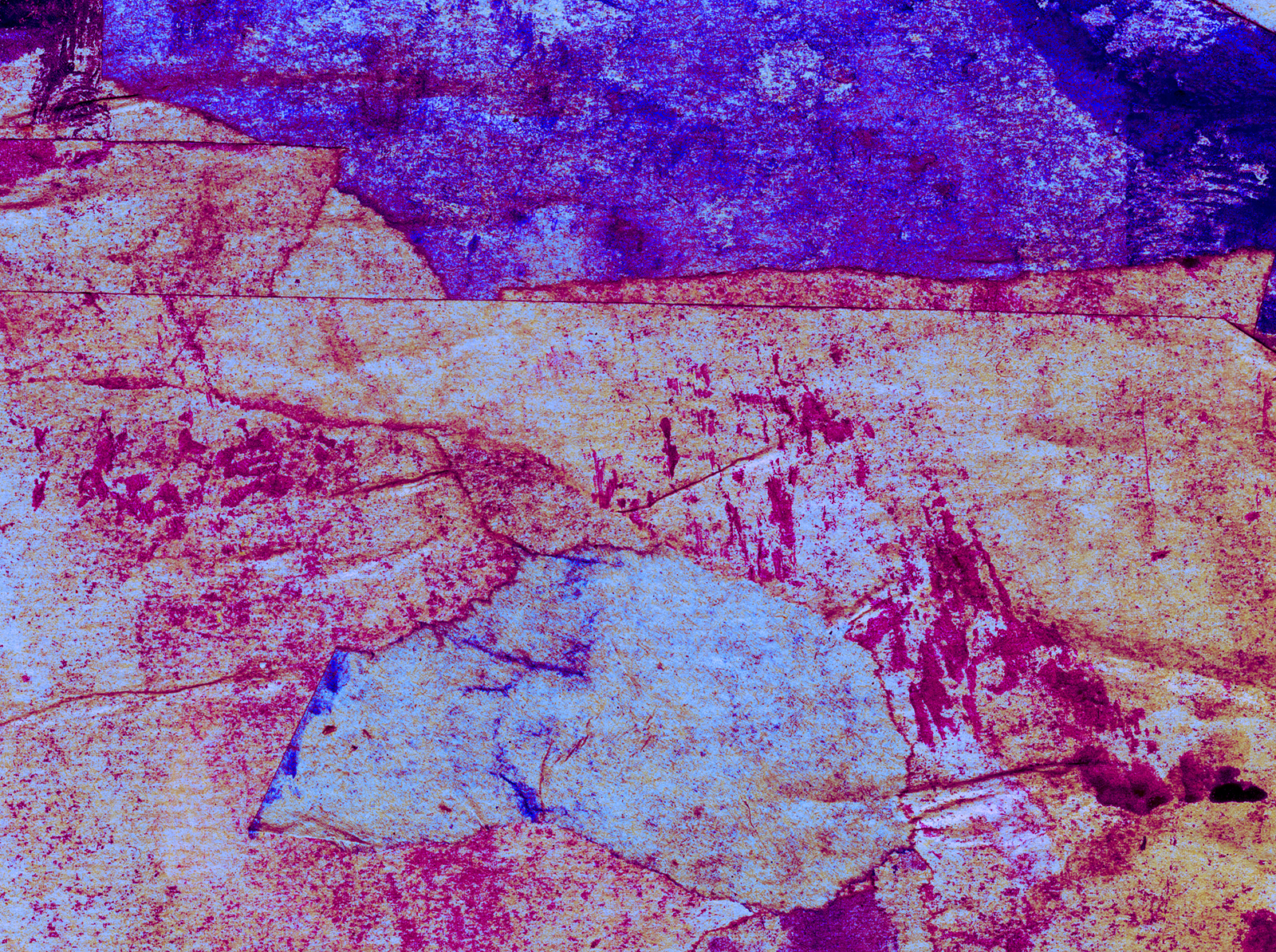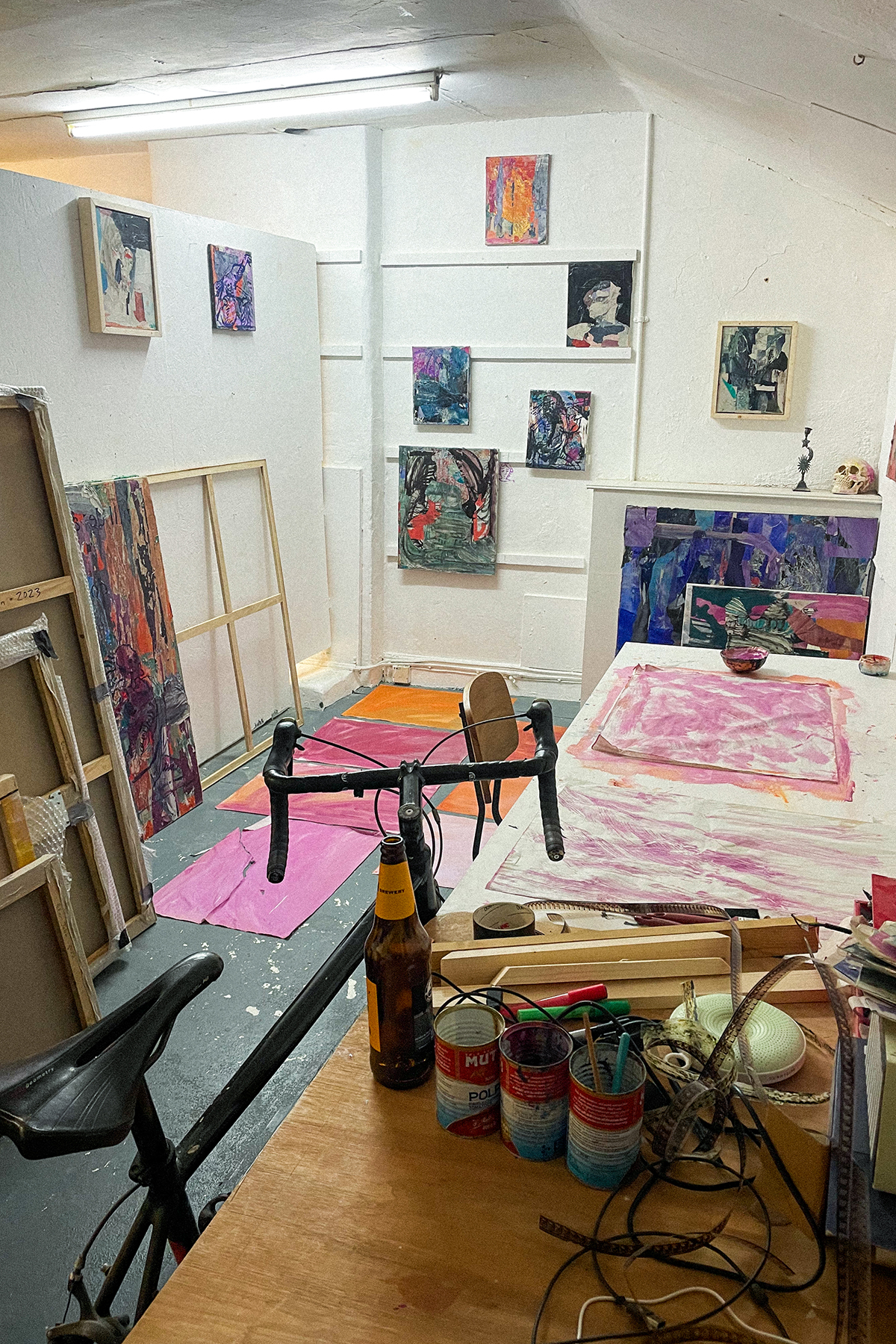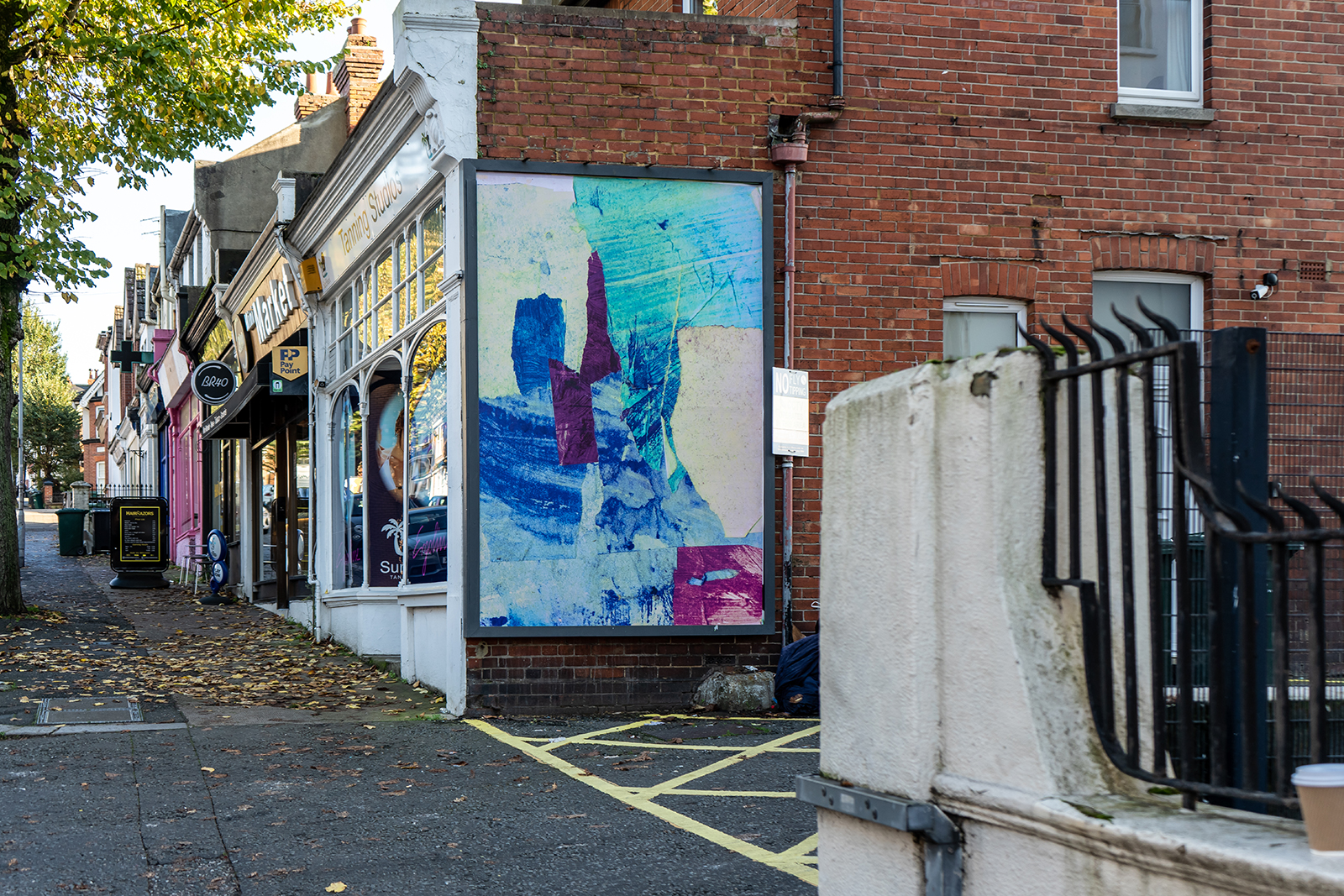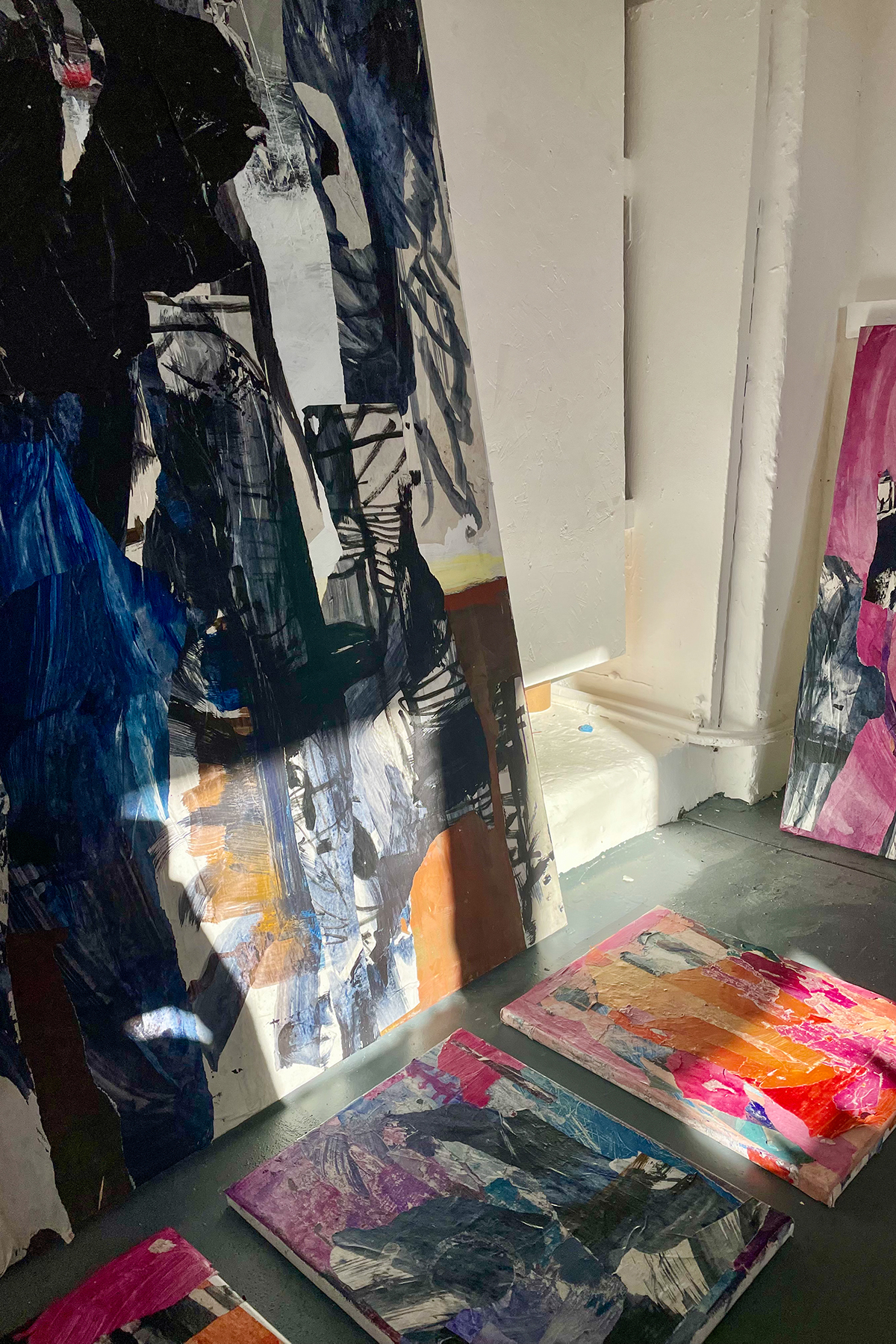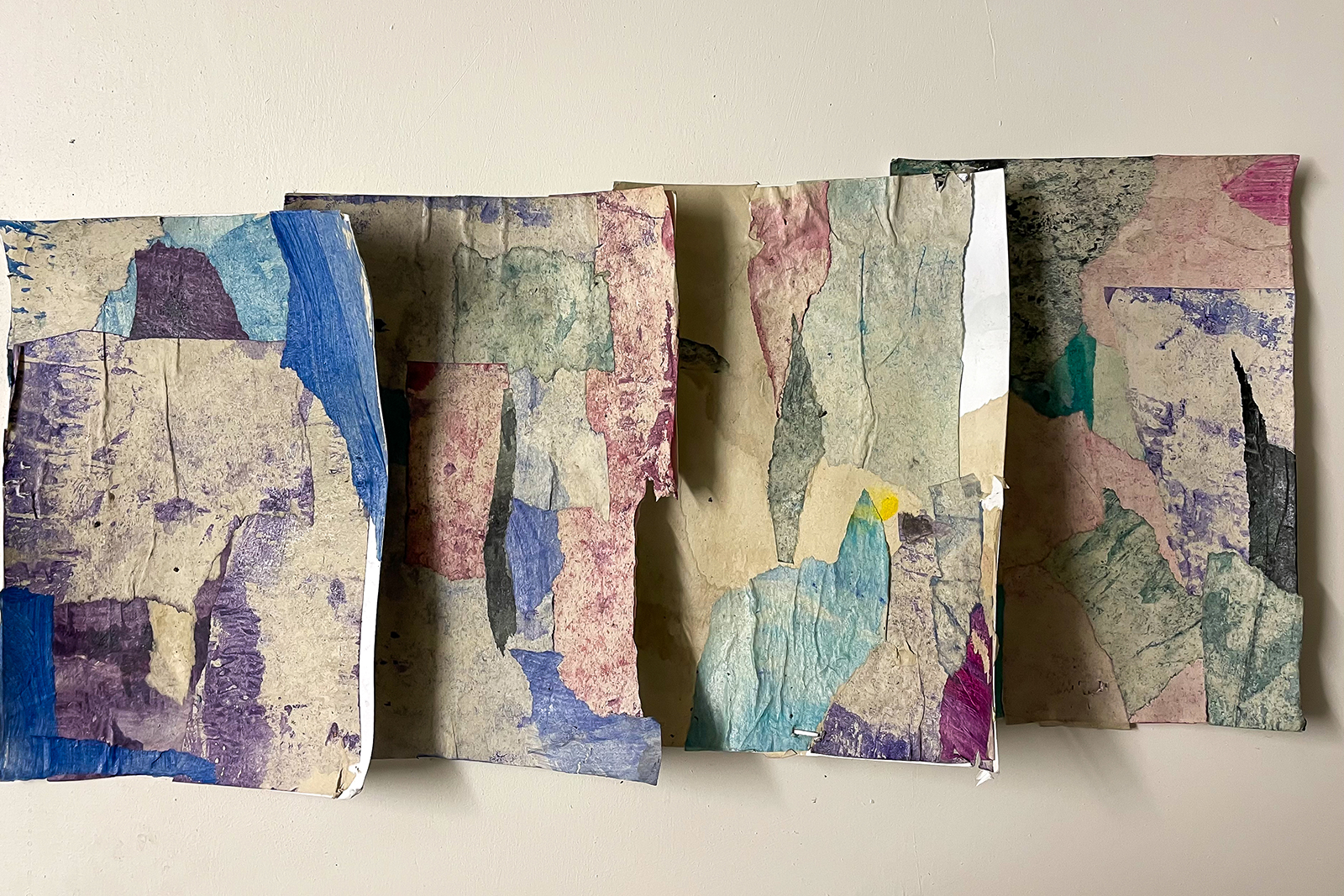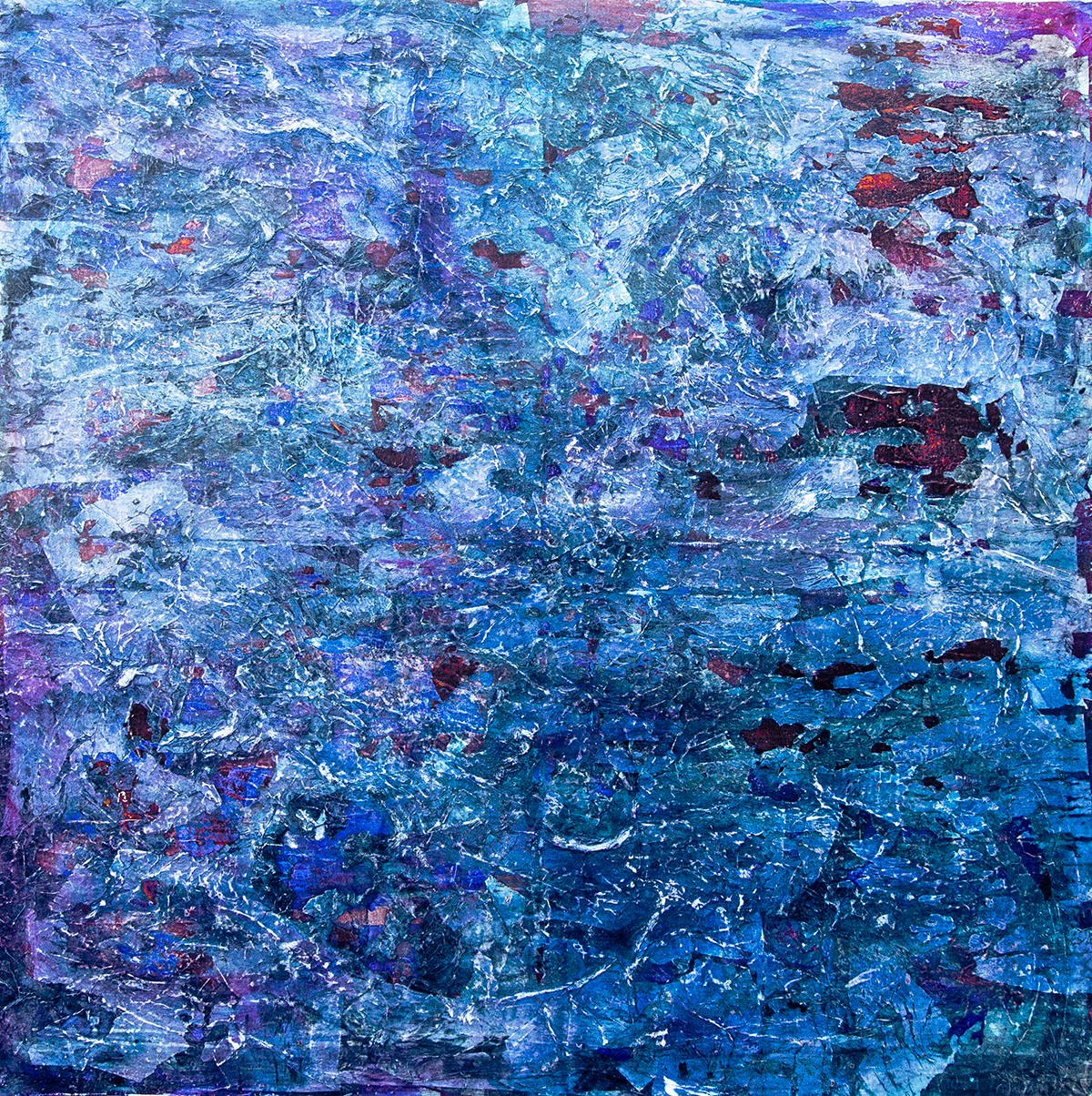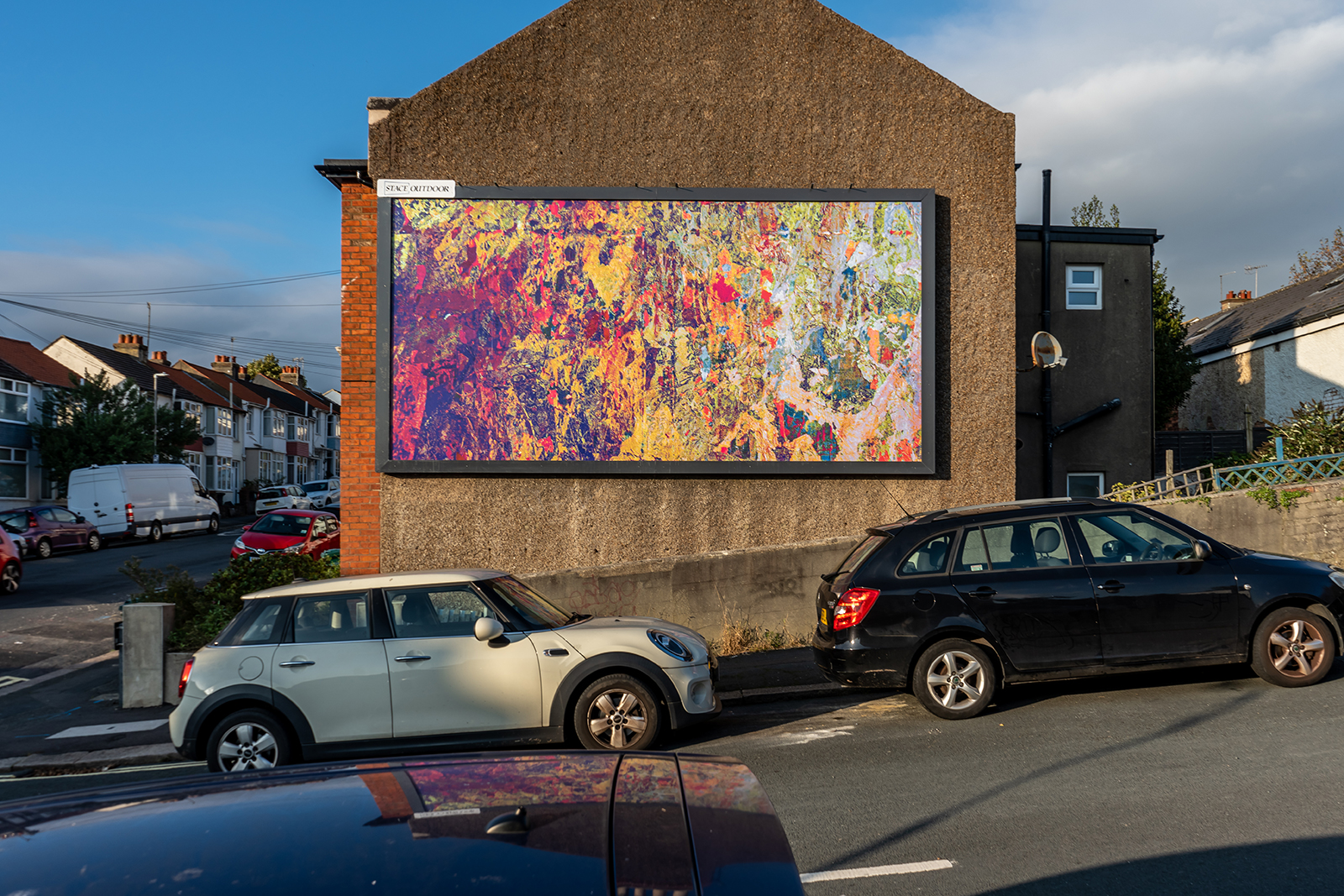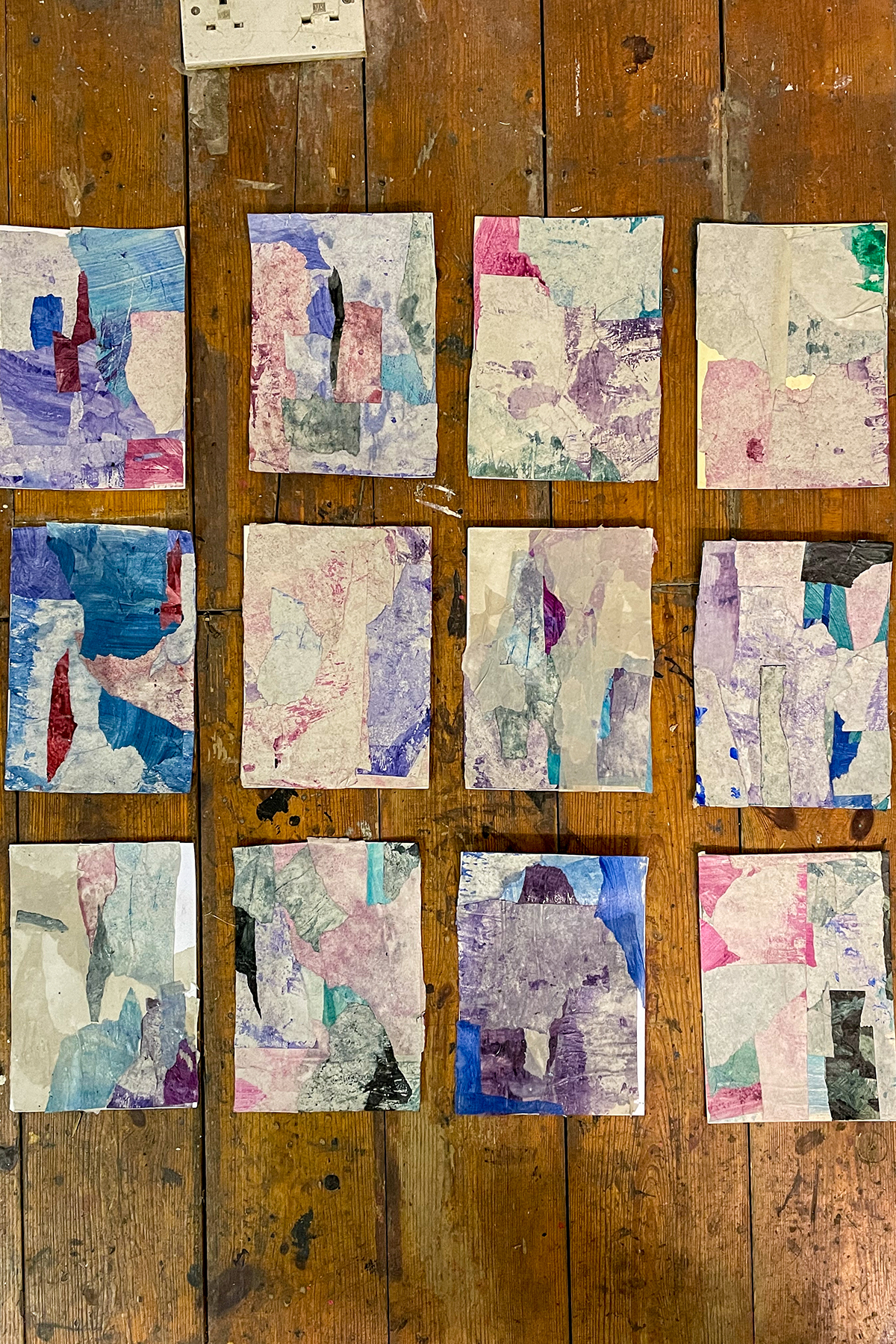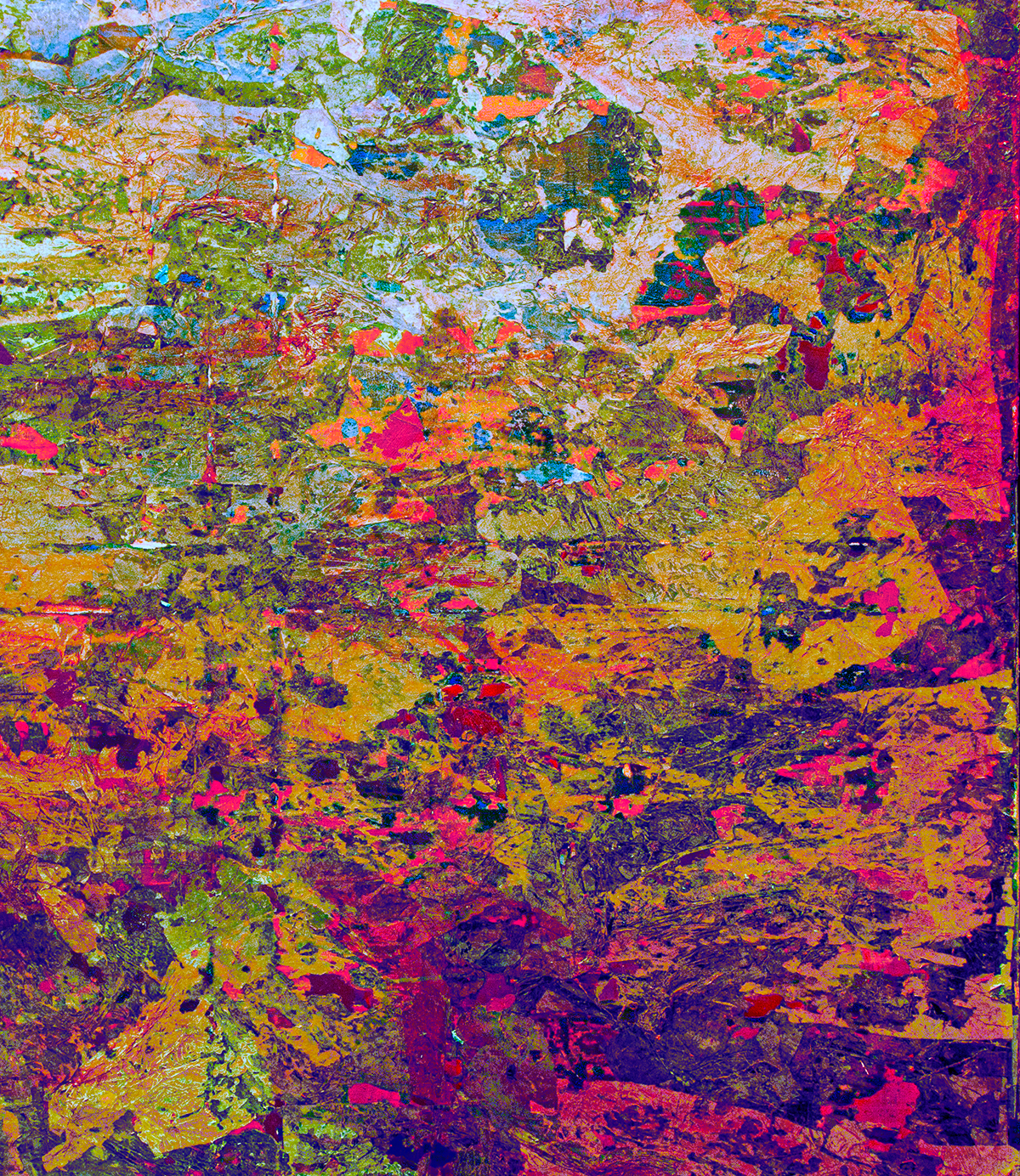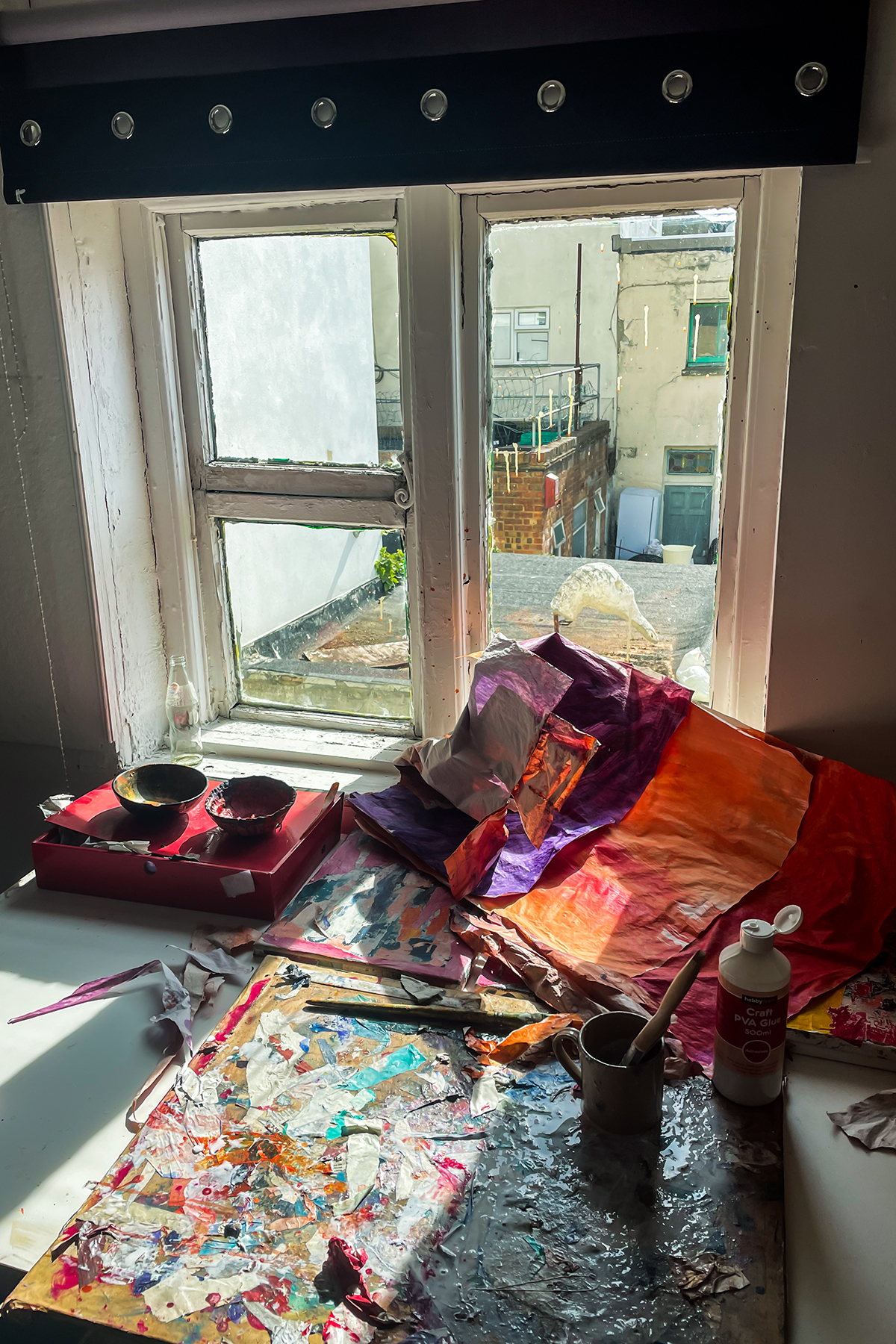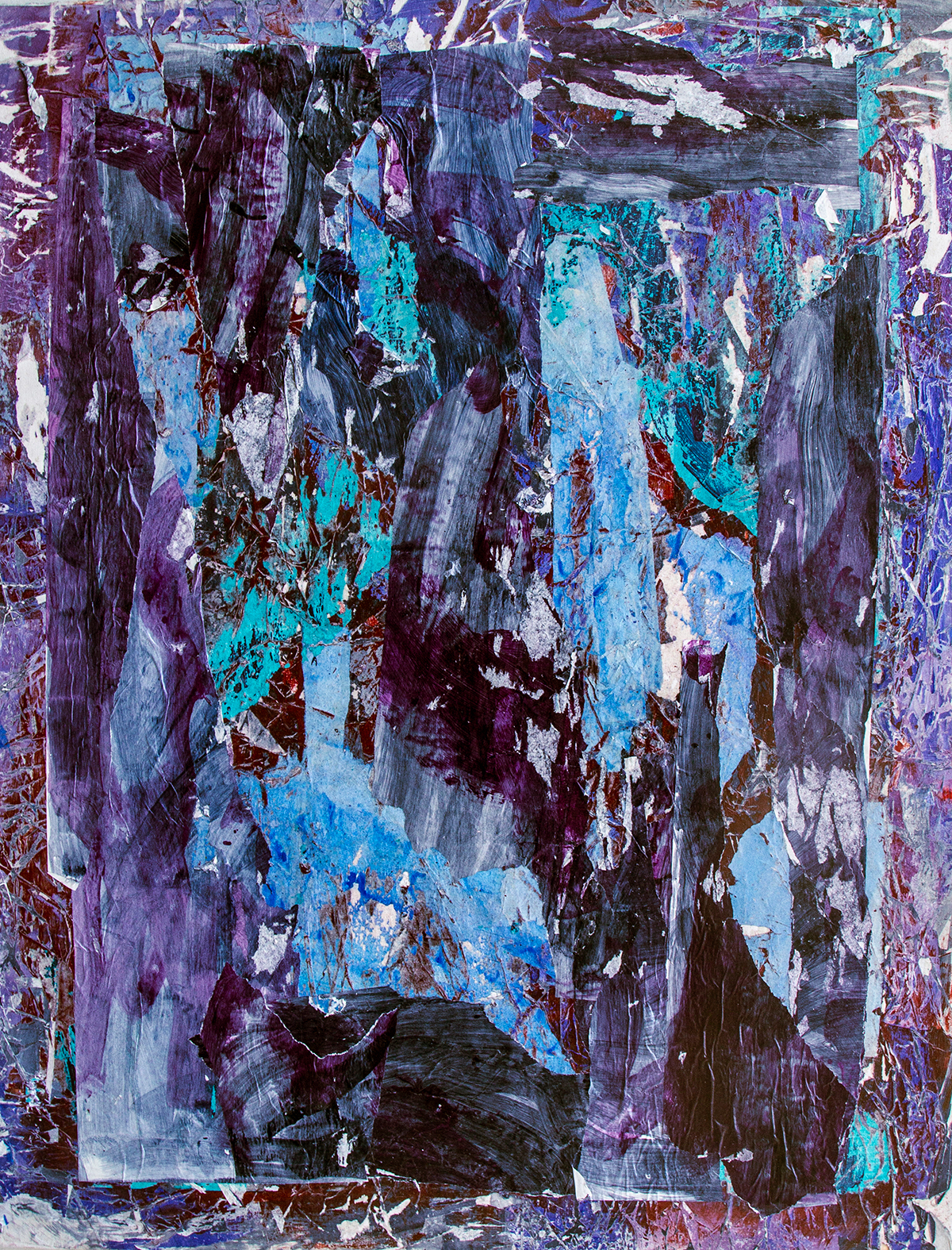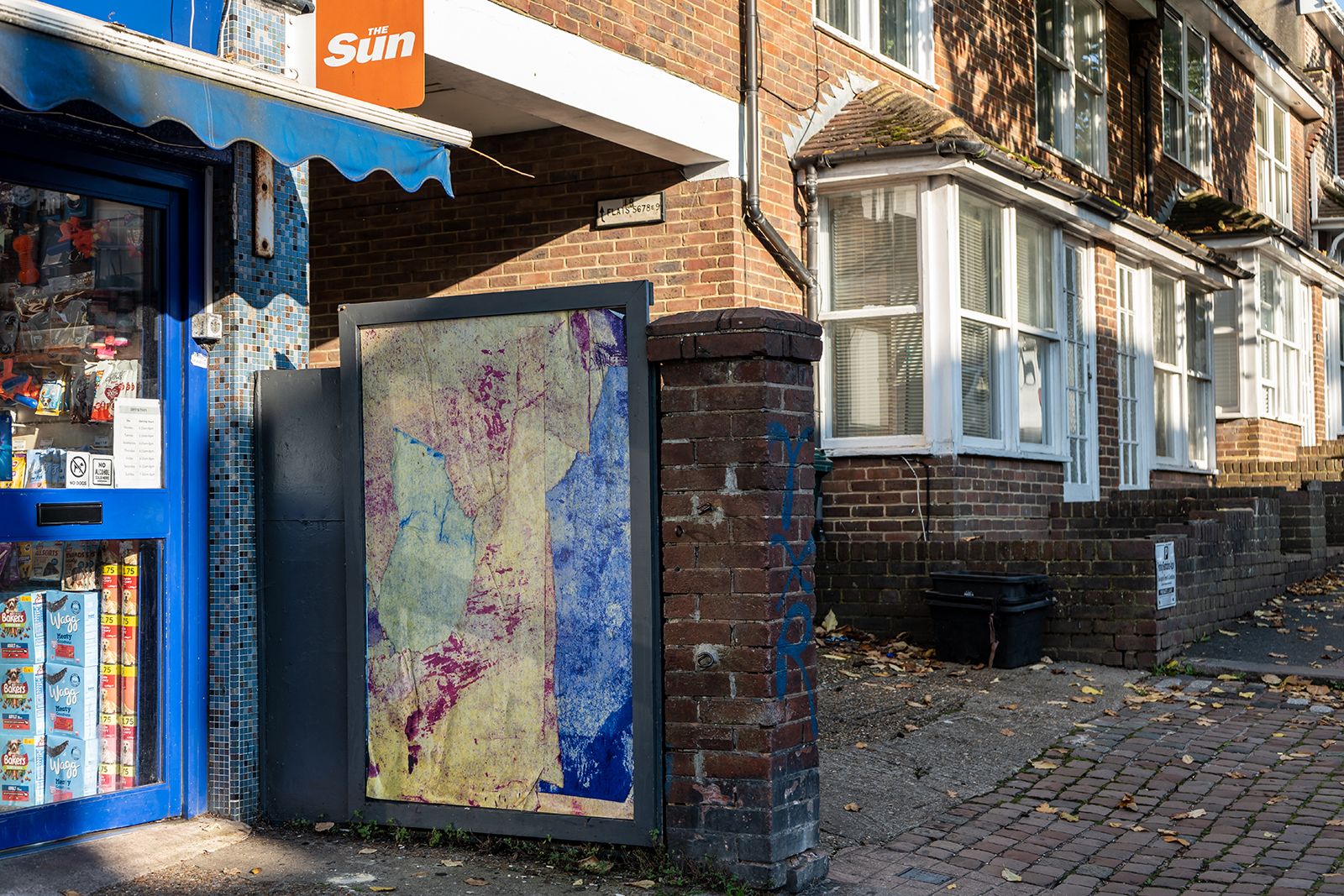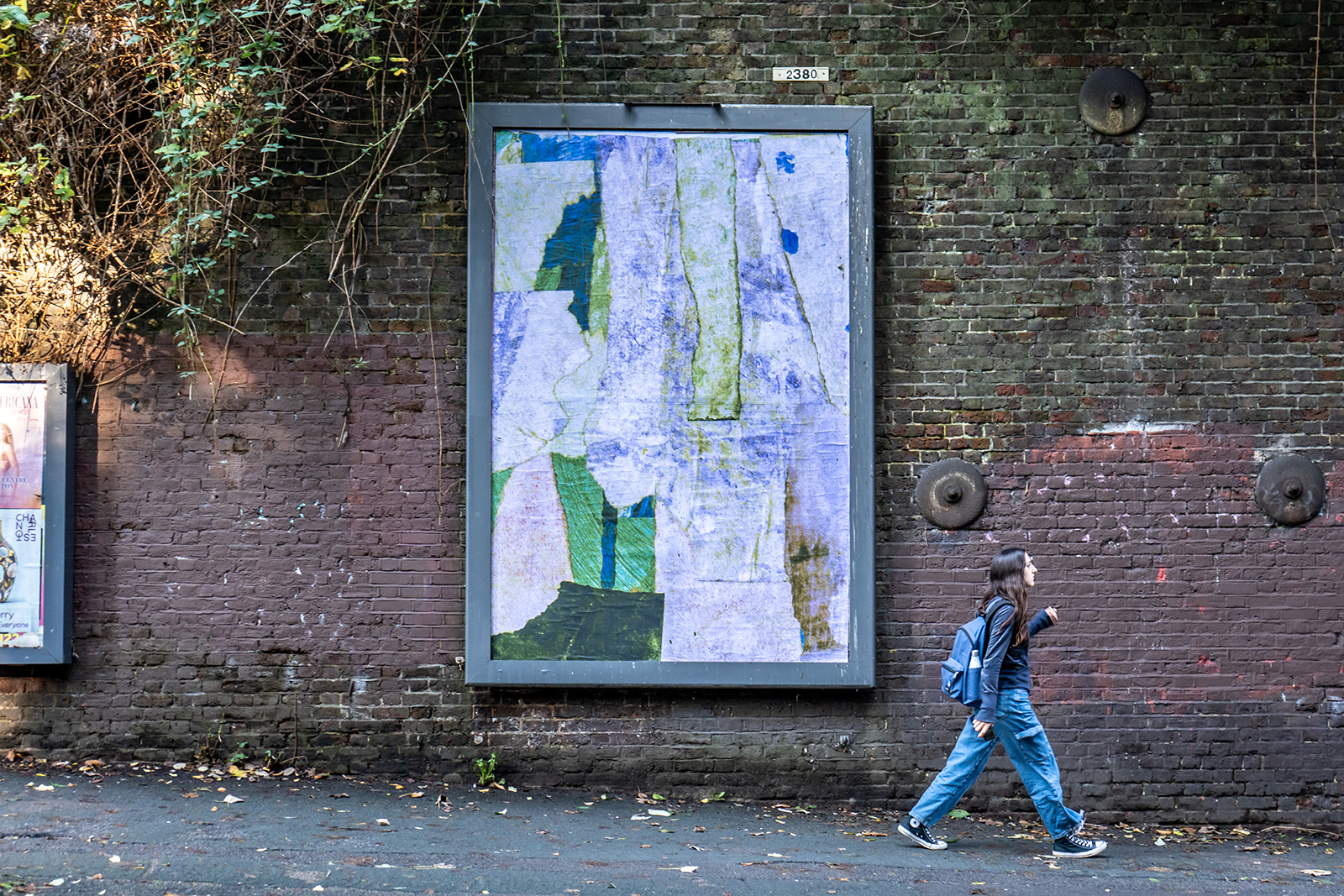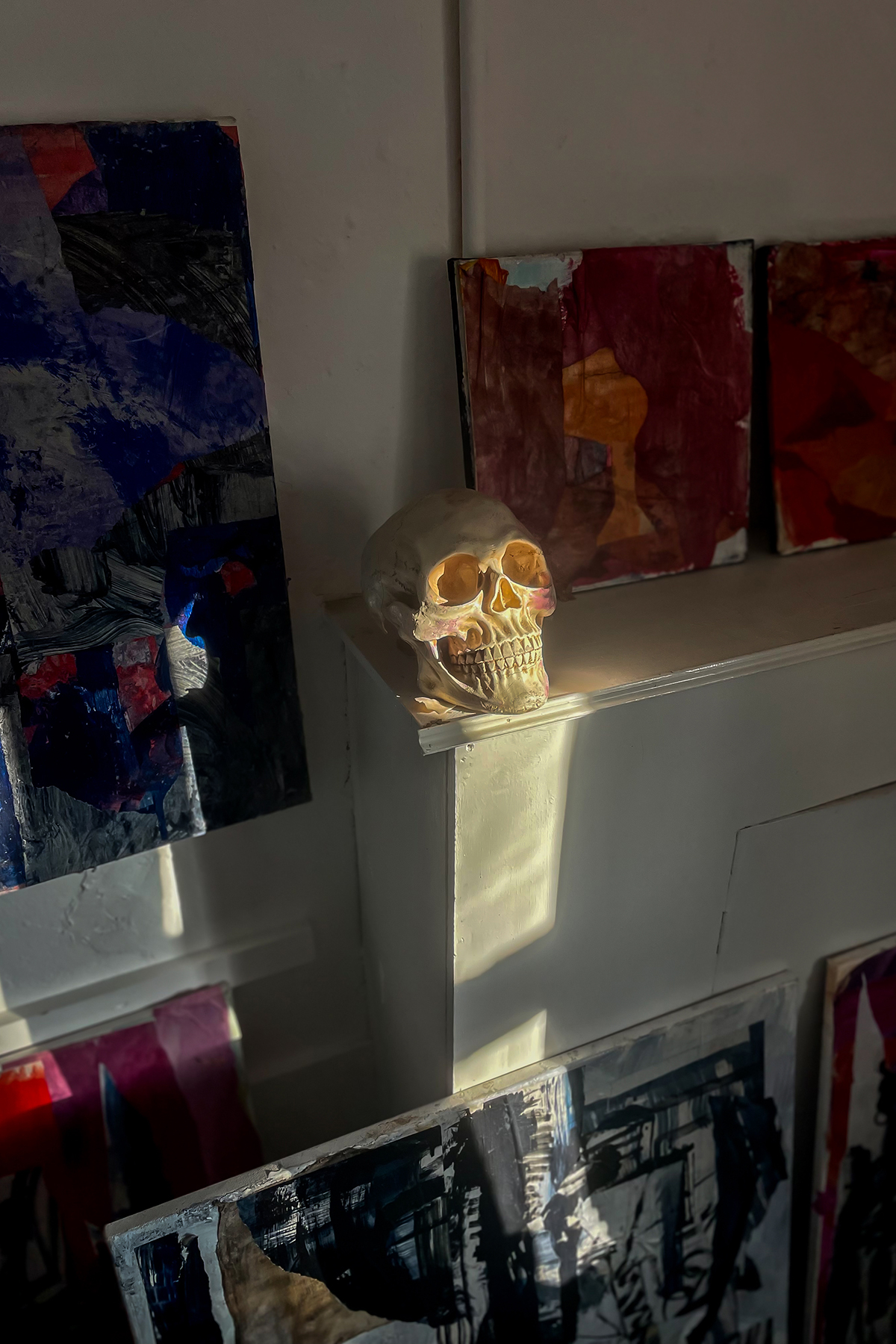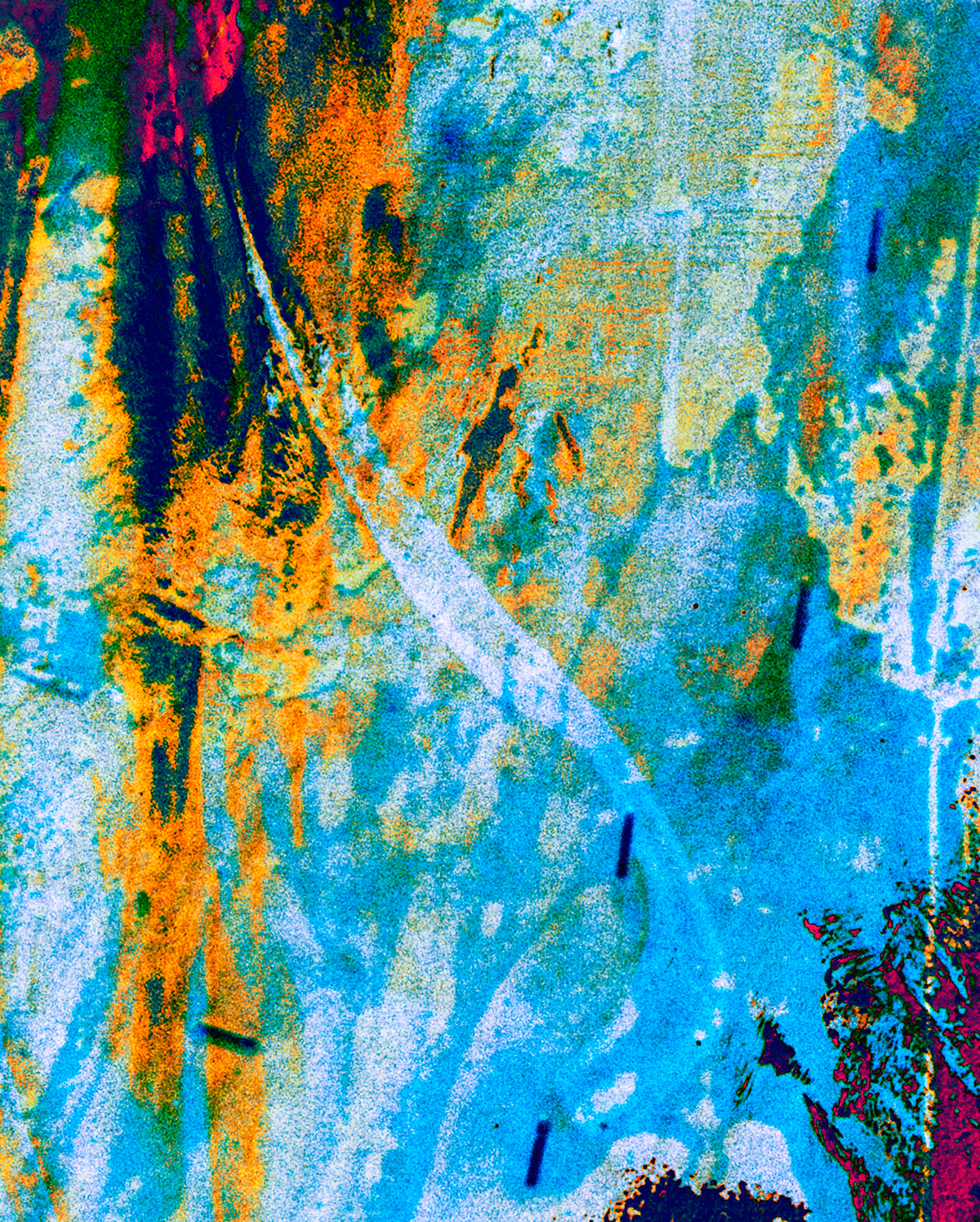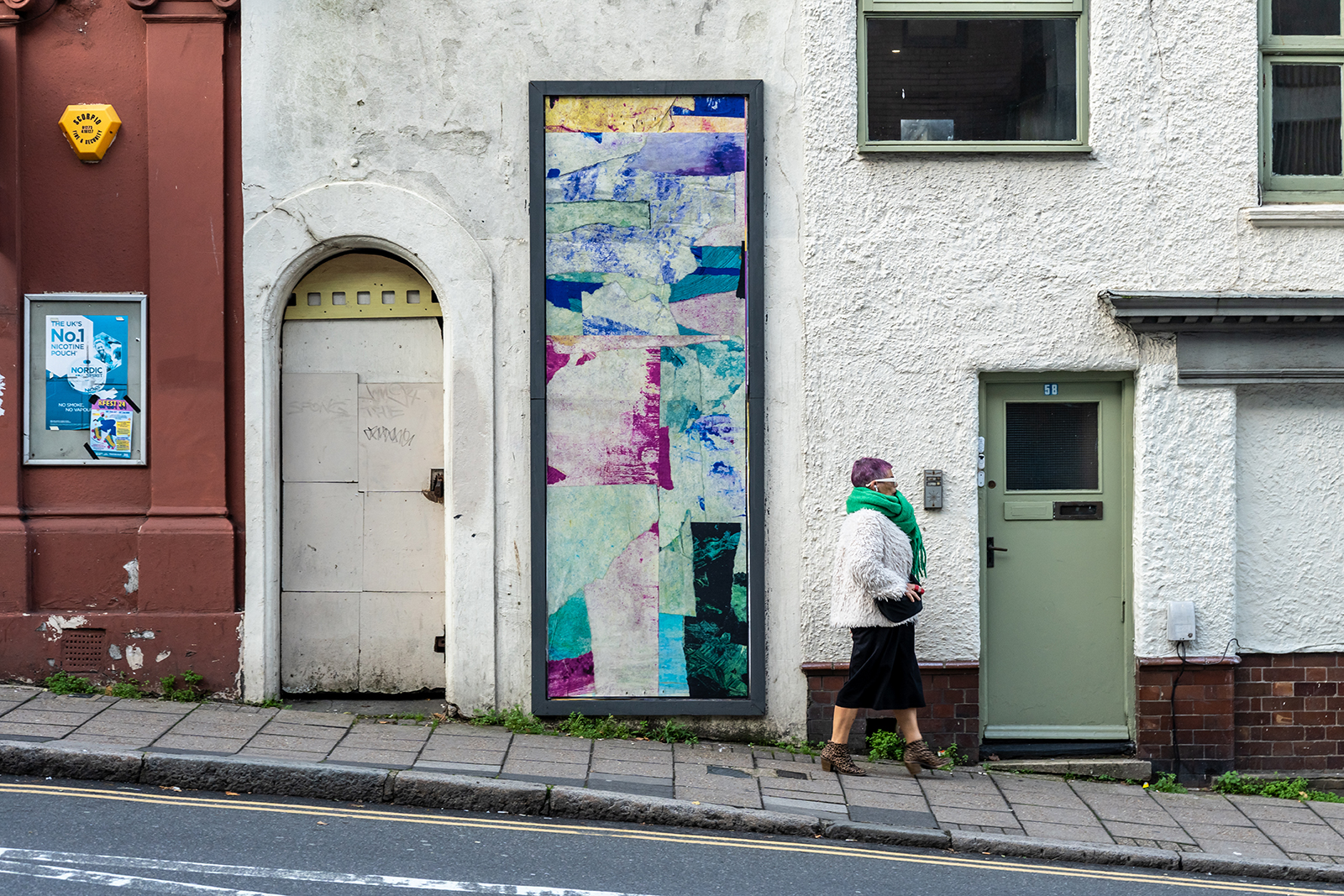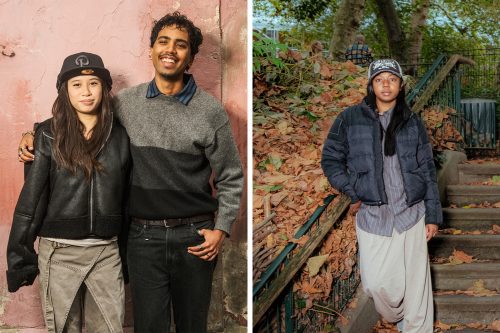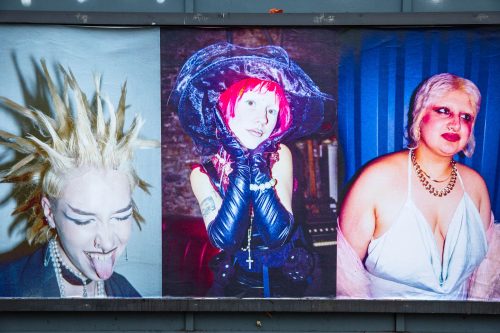Your Space Or Mine
Will Butterick brings the brief temporality of billboards to Brighton’s streets
Experimenting within the labyrinthine world of painting with deft digital layers, Will Butterick could be considered an artist of archeological heritage, dusting back the veneer of his artistic practice to reveal an honest, pearly centre. Will’s latest work brings him to Brighton’s busy streets, a Your Space Or Mine billboard series showcasing his exploration into the visual etymology of billboards, and the brief temporality found in contemporary creative expression.
Framed by a stack of paintings to his left and a series of photos hung on the wall behind him, Will Butterick is the very picture of an artist. Sharing his tales of early enchantment with Louise Bourgeois’ Spider sculpture sat squarely outside the Tate Modern, Will’s love for art started young, developing into a profound and tender appreciation for immersive experiments in the glossy green pastures of digital art. “I knew I wasn’t going to be able to correct the perfect sort of red to look like the shade of an apple,” says Will, and whilst his technical proficiency is not one to be criticised, his ventures into “moving paintings” takes the stasis out of physical mediums, expanding the breadth, depth, and reach of his work into something really quite remarkable. “People use terms like ‘movement’ and ‘gesture’ to describe paintings”, Will shares, “but actually, as much as you want to create that feeling, it’s still ‘still’ on the wall.”
From those still white walls of a gallery to the bustling canvas of a BUILDHOLLYWOOD billboard, Will’s work is set to be showcased across the city of Brighton this month, the sunny seaside town he has called home for the past seven years. Having worked with billboards through an alternate lens of professionally photographing advertising, this series subverts his camera’s usual gaze, instead capturing his understanding of what happens in, beyond, and between billboards. When asked about the nature of his own series, Will responds artfully, “they’re a response to the sorts of images I have of empty billboards, or of billboards filled with the remnants of the stuff before that has been left”, a nod to his interest in “void places”, and the subtle bleakness found in something noiselessly ripped down, only to be replaced with paste (and haste) in that self same place.
Will’s work remains steadfast in the face of a rapid creative turnover, a dependable digital footprint that keeps a steady pace amidst the furor found in the colourful pits of the UK’s contemporary art scene. His experimentations feel reasoned, and explorations tempered by a mature understanding of what digital art, photography, and collage can elicit in feeling and focus, within the context of our changing minds and roaming digits. These billboards set the stage for a wide reaching public gallery in the city, creating an accessible and open space for Will’s work to resonate with those equally intrigued by what can be found in the absence of something else, with the peachy promise of something new.
13.11.24
Words by


